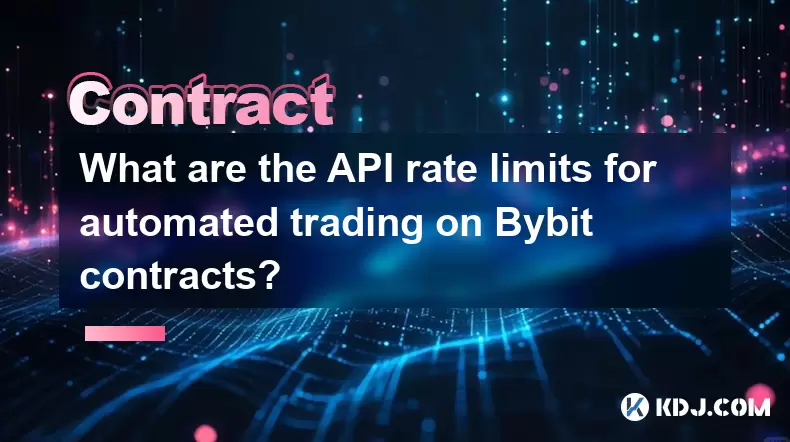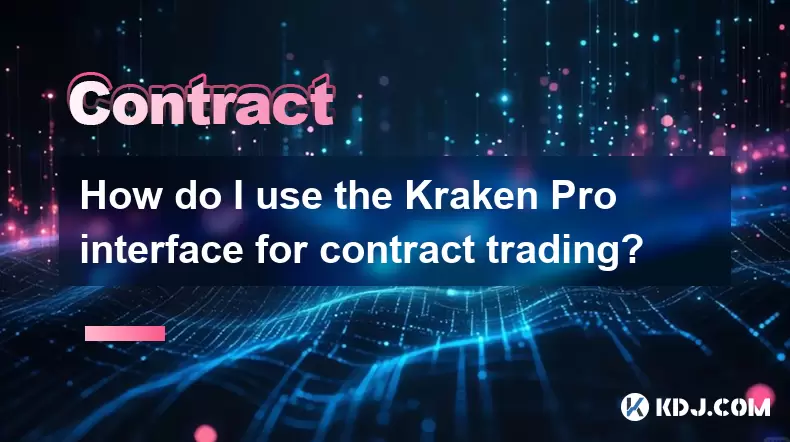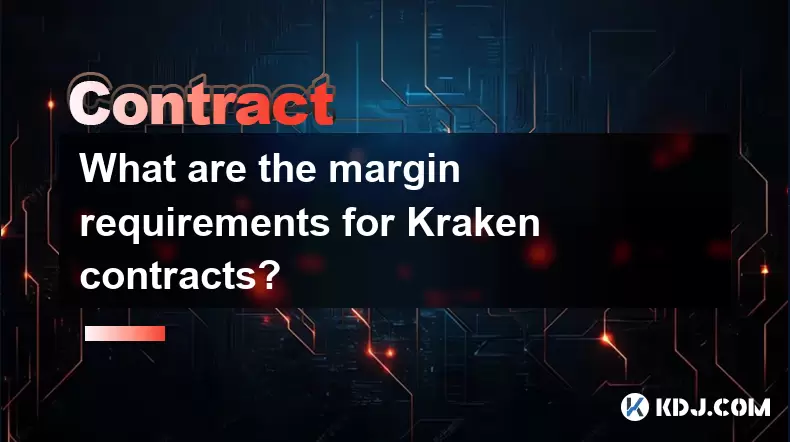-
 Bitcoin
Bitcoin $117600
2.11% -
 Ethereum
Ethereum $3907
6.13% -
 XRP
XRP $3.288
9.68% -
 Tether USDt
Tether USDt $1.000
-0.01% -
 BNB
BNB $784.8
2.00% -
 Solana
Solana $174.3
3.60% -
 USDC
USDC $0.9997
-0.03% -
 Dogecoin
Dogecoin $0.2220
8.04% -
 TRON
TRON $0.3379
0.01% -
 Cardano
Cardano $0.7829
5.46% -
 Stellar
Stellar $0.4348
8.84% -
 Hyperliquid
Hyperliquid $40.50
6.38% -
 Sui
Sui $3.757
7.22% -
 Chainlink
Chainlink $18.41
10.06% -
 Bitcoin Cash
Bitcoin Cash $581.6
1.91% -
 Hedera
Hedera $0.2586
5.37% -
 Avalanche
Avalanche $23.30
4.67% -
 Ethena USDe
Ethena USDe $1.001
0.01% -
 Litecoin
Litecoin $122.0
2.62% -
 UNUS SED LEO
UNUS SED LEO $8.972
-0.23% -
 Toncoin
Toncoin $3.338
1.14% -
 Shiba Inu
Shiba Inu $0.00001282
3.76% -
 Uniswap
Uniswap $10.38
6.88% -
 Polkadot
Polkadot $3.852
4.63% -
 Dai
Dai $1.000
0.02% -
 Bitget Token
Bitget Token $4.463
2.29% -
 Monero
Monero $263.6
-7.22% -
 Cronos
Cronos $0.1496
4.78% -
 Pepe
Pepe $0.00001106
4.91% -
 Aave
Aave $284.3
8.09%
What is the role of the insurance fund of Binance Contracts? Under what circumstances will it be used?
Binance's insurance fund ensures platform stability by covering losses beyond traders' margins, funded by trading fees and profits.
May 03, 2025 at 04:50 am

The insurance fund of Binance Contracts plays a crucial role in maintaining the stability and integrity of the trading platform. It serves as a safety net to protect traders from potential losses due to extreme market conditions or significant price movements. The insurance fund is specifically designed to cover losses that exceed the margin of the losing side in a trade, ensuring that the platform remains solvent and that traders' positions are protected.
How the Insurance Fund Works
The insurance fund operates by absorbing losses that occur when a trader's position is liquidated at a price that is not sufficient to cover the losses. This scenario typically happens when the market moves rapidly, and the liquidation price falls below the bankruptcy price. In such cases, the insurance fund steps in to cover the difference, preventing the platform from incurring a deficit and ensuring that other traders are not affected by the loss.
Circumstances for Using the Insurance Fund
The insurance fund is primarily used under two main circumstances:
Auto-Deleveraging (ADL): When a trader's position is liquidated, and the liquidation price is lower than the bankruptcy price, the insurance fund is used to cover the shortfall. This ensures that the platform remains balanced and that other traders are not adversely affected by the liquidation.
Clawback Mechanism: In extreme market conditions, if the insurance fund is depleted, the platform may implement a clawback mechanism. This mechanism redistributes unrealized profits from profitable traders to cover the losses, ensuring that the platform remains solvent.
Funding the Insurance Fund
The insurance fund is initially funded by Binance, and it is further supplemented by a portion of the trading fees collected from users. This continuous funding mechanism ensures that the insurance fund remains robust and capable of handling potential losses. The platform may also allocate a percentage of the profits from trading activities to the insurance fund, further enhancing its capacity to cover losses.
Monitoring and Transparency
Binance maintains a high level of transparency regarding the insurance fund. The current balance of the insurance fund is regularly updated and made available to users on the platform. This transparency helps build trust among traders and ensures that they are aware of the fund's capacity to handle potential losses. Additionally, Binance provides detailed information on how the insurance fund is used and the circumstances under which it is deployed.
Impact on Traders
The presence of an insurance fund has a significant impact on traders. It provides an additional layer of security, allowing traders to engage in leveraged trading with greater confidence. Knowing that the insurance fund can cover potential losses beyond their margin helps traders manage risk more effectively. However, it is important for traders to understand that while the insurance fund offers protection, it is not a guarantee against all losses, and prudent risk management practices should still be employed.
Examples of Insurance Fund Usage
To illustrate how the insurance fund works in practice, consider the following example:
Scenario: A trader opens a long position on a cryptocurrency with a leverage of 100x. The market suddenly crashes, and the price of the cryptocurrency drops significantly. The trader's position is liquidated at a price lower than the bankruptcy price, resulting in a loss that exceeds the trader's margin.
Insurance Fund Action: The insurance fund steps in to cover the difference between the liquidation price and the bankruptcy price. This ensures that the platform remains solvent and that other traders are not affected by the loss.
Frequently Asked Questions
Q: How often is the insurance fund used?
The insurance fund is used whenever a trader's position is liquidated at a price that falls below the bankruptcy price. The frequency of its use depends on market volatility and the number of liquidations that occur under such conditions.
Q: Can the insurance fund be depleted?
Yes, the insurance fund can be depleted if there are multiple instances of significant losses that exceed the fund's capacity. In such cases, Binance may implement a clawback mechanism to redistribute unrealized profits and maintain the platform's solvency.
Q: Is the insurance fund available for all types of contracts on Binance?
The insurance fund is specifically designed for Binance Contracts, which include futures and perpetual contracts. It is not applicable to spot trading or other types of financial instruments offered by Binance.
Q: How can traders check the current balance of the insurance fund?
Traders can check the current balance of the insurance fund on the Binance platform. The balance is regularly updated and displayed in the relevant section of the futures trading interface.
Disclaimer:info@kdj.com
The information provided is not trading advice. kdj.com does not assume any responsibility for any investments made based on the information provided in this article. Cryptocurrencies are highly volatile and it is highly recommended that you invest with caution after thorough research!
If you believe that the content used on this website infringes your copyright, please contact us immediately (info@kdj.com) and we will delete it promptly.
- EigenLayer, Restaking, and Ethereum: Navigating the Hype and the Hazards
- 2025-08-08 06:30:12
- Super Bowl 59: Jon Batiste to Jazz Up the National Anthem
- 2025-08-08 06:30:12
- Cold Wallet Crypto in 2025: The Future is Now, Ya'll
- 2025-08-08 05:10:13
- MAGACOIN, SOL, and ADA: A Tale of Shifting Tides in Crypto
- 2025-08-08 05:10:13
- SHIB Price, PEPE, and the Memecoin Supercycle: Who Will Reign Supreme?
- 2025-08-08 05:50:12
- Pudgy Penguins Price Prediction: Google Trends & Breakout Signals
- 2025-08-08 05:50:12
Related knowledge

Are there any fees for futures settlement on OKX?
Aug 08,2025 at 05:35am
Understanding Futures Settlement on OKXFutures settlement on OKX refers to the process by which open futures contracts are automatically closed or mar...

How to use the OKX margin calculator for futures?
Aug 08,2025 at 05:15am
Understanding the OKX Margin Calculator for FuturesThe OKX margin calculator is a specialized tool designed to assist traders in estimating the requir...

How to find and copy experienced traders on Bybit contracts?
Aug 08,2025 at 06:00am
Understanding Copy Trading on BybitBybit offers a copy trading feature that allows users to automatically replicate the contract positions of experien...

What are the API rate limits for automated trading on Bybit contracts?
Aug 08,2025 at 06:08am
Understanding API Rate Limits on BybitWhen engaging in automated trading on Bybit contracts, understanding the API rate limits is essential to prevent...

How do I use the Kraken Pro interface for contract trading?
Aug 08,2025 at 05:00am
Understanding the Kraken Pro Interface for Contract TradingThe Kraken Pro platform is designed for advanced traders who require speed, precision, and ...

What are the margin requirements for Kraken contracts?
Aug 08,2025 at 05:42am
Understanding Margin in Kraken Futures TradingWhen engaging in futures trading on Kraken, traders must understand that margin is the collateral requir...

Are there any fees for futures settlement on OKX?
Aug 08,2025 at 05:35am
Understanding Futures Settlement on OKXFutures settlement on OKX refers to the process by which open futures contracts are automatically closed or mar...

How to use the OKX margin calculator for futures?
Aug 08,2025 at 05:15am
Understanding the OKX Margin Calculator for FuturesThe OKX margin calculator is a specialized tool designed to assist traders in estimating the requir...

How to find and copy experienced traders on Bybit contracts?
Aug 08,2025 at 06:00am
Understanding Copy Trading on BybitBybit offers a copy trading feature that allows users to automatically replicate the contract positions of experien...

What are the API rate limits for automated trading on Bybit contracts?
Aug 08,2025 at 06:08am
Understanding API Rate Limits on BybitWhen engaging in automated trading on Bybit contracts, understanding the API rate limits is essential to prevent...

How do I use the Kraken Pro interface for contract trading?
Aug 08,2025 at 05:00am
Understanding the Kraken Pro Interface for Contract TradingThe Kraken Pro platform is designed for advanced traders who require speed, precision, and ...

What are the margin requirements for Kraken contracts?
Aug 08,2025 at 05:42am
Understanding Margin in Kraken Futures TradingWhen engaging in futures trading on Kraken, traders must understand that margin is the collateral requir...
See all articles

























































































